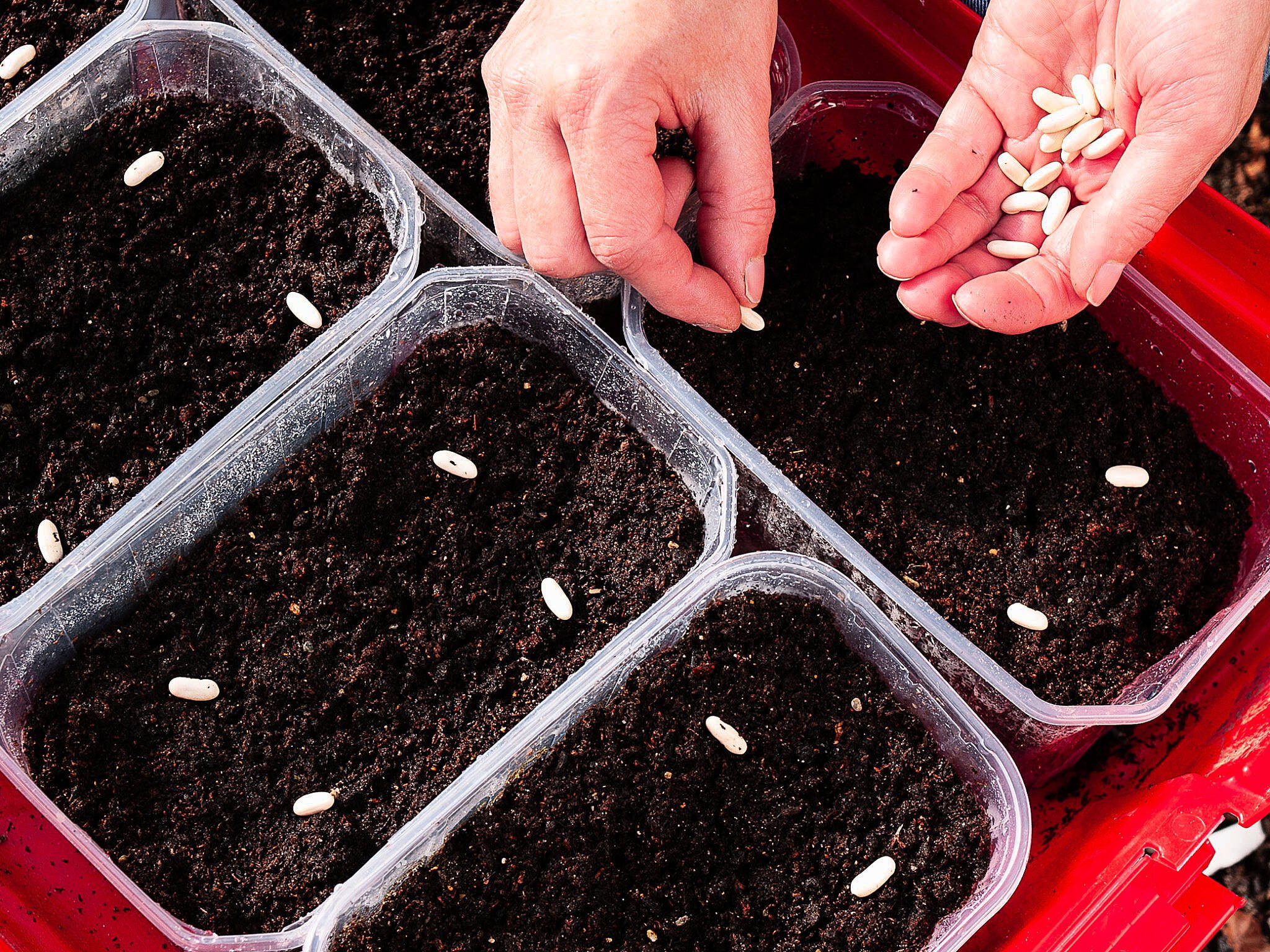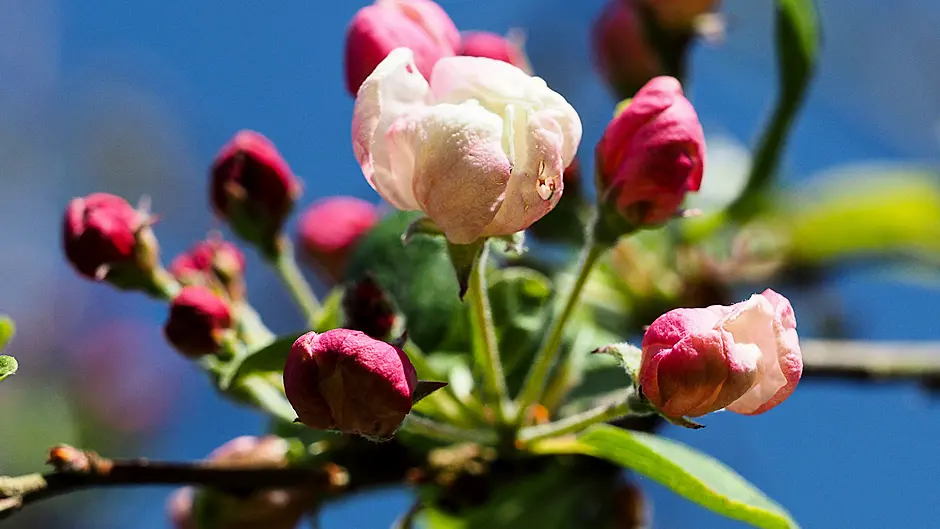BRIGHT days and chilly nights are all part of April weather.
Throw in the worry about when to water a dry soil, often followed by a heavy shower, and you just about sum up an average April.
It has been nice to see some bright sun and plants are putting on good growth spurts.
Try to get out in fine weather and keep up with sowing, planting, watering, weeding, supporting and feeding.
Your garden will reward you for it.
Make some supports
Climbing beans need strong supports to withstand winds and to hold a heavy crop of leaves and pods. Most bean frames are free-standing.
You can buy lightweight options made from net and plastic poles, but these usually need some extra anchorage to hold them firm in a good West Cork wind.
In a sheltered garden, you can use long bamboo canes to make an A-frame structure.
In my exposed garden, I prefer to use straight hazel poles – we have plenty on our land and the splayed branching tops make excellent pea sticks.
Hazel poles are strong and long enough to push 30cm down into the soil and the frame should stay steady in most conditions. Poles should be around 220cm long and 3-4cm in diameter.
Put one pole at each end of the frame. You can make the A-frame as long as you like, but you need to position two poles opposite one another, at around 30cm apart along the length of the frame.
A ten pole frame will have four poles along each side and one at each end. Cross opposite poles at the top. Lay another pole in the V made by each pair across the top of the frame (see photograph).
Lash the poles together with strong twine where needed. Give the finished frame a gentle shake and it should feel sturdy.
Climbing beans will twine anticlockwise around the poles as they grow.
Sweet peas need smaller twigs to twine around – add some twiggy branches, or strings, between the poles.
Sow some beans
French and runner beans are sensitive to frost and it’s important to choose the right time for sowing.
It’s hard to predict when a last frost will be, so outdoor sowing times are usually left a little later to ensure emerging plants aren’t affected.
 Sow beans in pots if it’s too cold to sow them outdoors. (Photo: Ben Russell)
Sow beans in pots if it’s too cold to sow them outdoors. (Photo: Ben Russell)
A safe work around is to sow seed in pots in a greenhouse, conservatory or polytunnel.
Large fruit punnets work well and you can sow four seeds per punnet.
You can use extra heat if needed – I start my early sowings in a propagator. Young plants can be kept in pots until conditions are suitable for planting outdoors and some can be planted under cover a couple of weeks sooner.
 Make an A-frame for growing climbing beans. (Photo: Ben Russell)
Make an A-frame for growing climbing beans. (Photo: Ben Russell)
If you are unlucky and a late frost is forecast, cover outdoor plants overnight with any warm sheet material. This will keep them protected if needed.
Apple blossom
Pink buds are bursting open on apple trees. It’s a sight that holds so much promise. However, there’s a long way to go from buds to lovely ripe fruits, so let’s do the best that we can to start the process off smoothly.
- Try to keep blossom-eating birds away from fruit trees. Hang glittering, twirling, clattering, and generally bird scaring, devices among branches if needed. You may still lose some blossom, but some should make it through to fruit set.
- Throw a sheet over a small tree, or over a few branches, if there’s a late hard frost. Take care not to knock blossom off.
- Keep trees watered in dry weather.
- If you have trees on poor soil, use a liquid feed now to get some nutrients down to the roots.
- Trim back surrounding foliage if the tree is hemmed in and shaded. A bit of air and sun helps to reduce disease problems.
- Check how many different apple trees are in blossom at the same time. Some varieties need one other for pollination and some need two to get good fruit set. Buy a new extra tree if needed.
Tomatoes
These are one of the major greenhouse crops and you may be wondering if it’s time to put young plants out into their final growing position. I tend to wait until the last week of April and, if there’s no frosts forecast, I plant them in my polytunnel border. If you live closer to sea level you can do this sooner.
Young plants should be healthy and green at this stage and they can be quite hardy. But a plant that survives below 5C temperatures may not produce as many fruits as one that isn’t stressed in this way.
I often wrap tomato plants in individual large woven bags if a cold night hits after they are planted. It’s a small bit of work to keep young plants stress-free.








